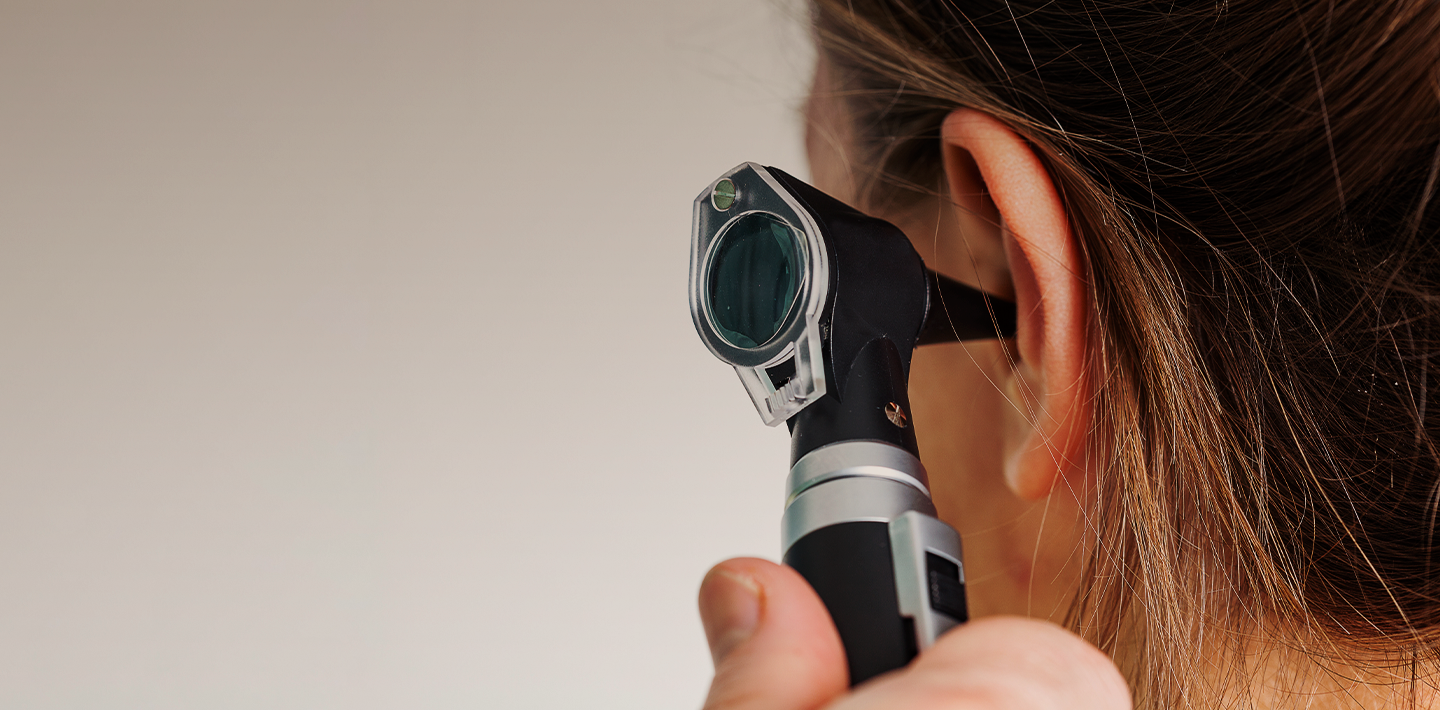Allergic rhinitis is an inflammatory process in the mucous membrane caused by exposure to allergens. This disease can be triggered by plant pollen during flowering, house dust, mold, and other irritants. The inflammation affects the mucous membranes of the nose, eyes, Eustachian tube, middle ear, sinuses, and throat.
Studies show that almost one in four people on the planet experiences allergic rhinitis. Moreover, the frequency of rhinitis symptoms may vary depending on where you live. In ecologically clean areas, allergic reactions are less common, while in large polluted cities, the risk of developing this disease almost doubles.
Symptoms of allergic rhinitis
The main symptoms of allergic rhinitis:
- liquid secretion from the nasal mucosa;
- sneezing in fits and starts;
- itching in the nasal cavity;
- cough;
- pain or scratching in the throat;
- discomfort in the ears and mouth.
Symptoms of allergic rhinitis may also include nasal congestion. There is also lacrimation, redness, itching, and swelling of the eyelids. The patient may also complain of a weakened sense of smell. There is a feeling of fatigue, dry mouth, snoring, and even fever. In addition, a patient with allergic rhinitis may experience symptoms of eczema — dry, itchy skin.
Causes of allergic rhinitis
The symptoms of allergic rhinitis can appear within a few minutes after exposure to an irritant. The occurrence of allergic rhinitis in a patient is more likely if his relatives have had cases of allergic rhinitis, bronchial asthma, eczema or atopic dermatitis.
During contact with an allergen, the human body releases histamine, a natural chemical designed to protect against the allergen. Histamine can trigger allergic rhinitis and lead to symptoms.
Common allergens:
- Grass and tree pollen, especially in the air during flowering.
- Dust mites.
- Pet hair, skin and saliva.
- Mold.
A number of external factors can cause or intensify this condition:
- Exposure to tobacco smoke.
- Exposure to chemicals.
- Low temperature.
- Humidity level.
- Air pollution.
- Use of hair and body care products such as sprays, hairspray and colognes.
- Household smoke.
Types of the disease
Allergic rhinitis in children and adults can be of the following types:
- Periodic. It occurs regardless of the season and lasts up to 4 days a week or less than a month.
- Chronic. It lasts from 4 days during the week and more than 4 weeks.
- Seasonal (pollinosis). Seasonal rhinitis usually occurs in certain months, in particular during the flowering period (allergy to plant pollen).
- Year-round allergic rhinitis is caused by household allergens.
Diagnosis of allergic rhinitis
During the diagnosis of the disease, an ENT examination is mandatory. The doctor examines the nose and detects swelling of the nasal mucosa and its hyperemia. In case of suspected allergic rhinitis, a rhinocytogram is performed (collection of a sample for eosinophil analysis). Microscopic examination of nasal mucus allows to distinguish between rhinitis of allergic origin and infectious rhinitis.
The otolaryngologist analyzes the results by evaluating the ratio of the number of cells. The examination of nasal secretions can also detect yeast fungi and pathogenic flora. The data obtained help to prescribe the correct and effective treatment of allergic rhinitis.
Specific methods of analysis are used to diagnose allergic rhinitis, including skin tests performed by an allergist. Special tests assess the reaction to histamine and measure the extent of changes at the site of allergen injection.
Determining the cause of allergic rhinitis is usually relatively simple: when exposed to an allergenic substance, symptoms such as skin redness or blisters occur. In case of uncertainty, the doctor may perform computed tomography of the paranasal sinuses.
Treatment of allergic rhinitis
The earlier a patient visits a doctor to identify the allergen, the more effective the treatment will be. Antihistamines play an important role in the symptomatic treatment of allergic rhinitis. In addition, medications are used to help eliminate stagnation in the blood vessels of the nasal mucosa.
Also, during the treatment of allergic rhinitis, desensitization is performed — a gradual introduction of increasing doses of allergens in order to increase the threshold of sensitivity to these substances. In most patients, the symptoms significantly decrease after successful treatment. This allows them to improve their quality of life.
Treatment at the Certus clinic
Certus is a modern medical center in Kyiv. Thanks to innovative equipment, we are able to provide more effective diagnosis and treatment. For example, we can perform coblation vasotomy or polyp removal with a coblator. Do not neglect the symptoms of the respiratory tract, which constantly remind you of the state of the disease in the ENT area. Consult a qualified doctor in time.



Add review